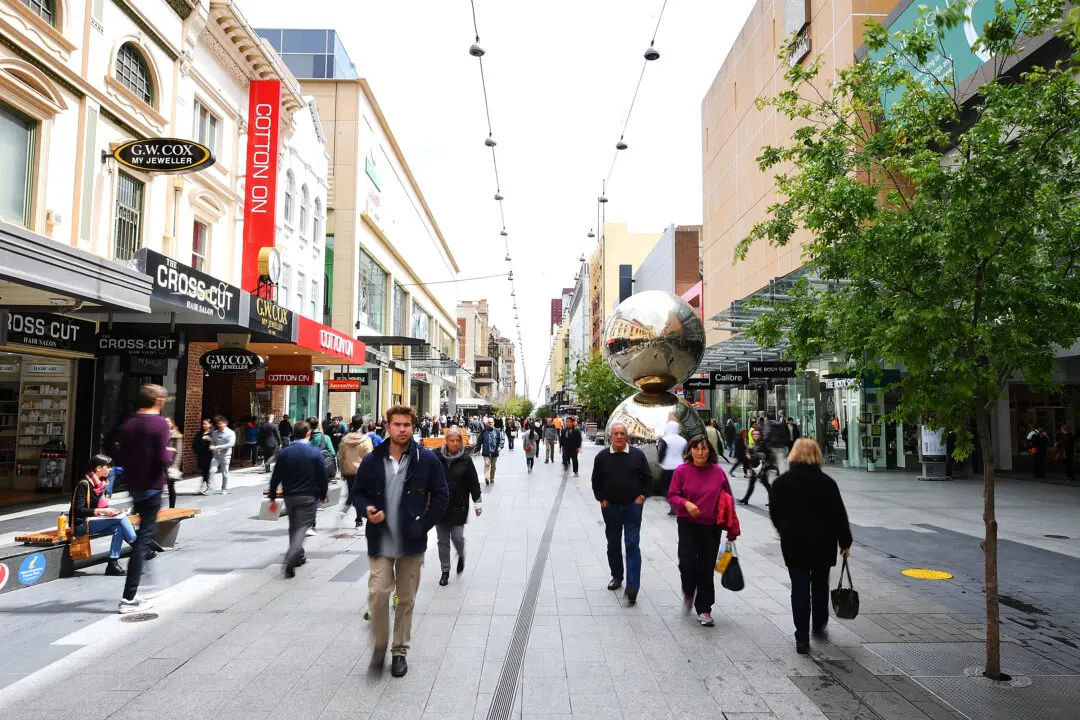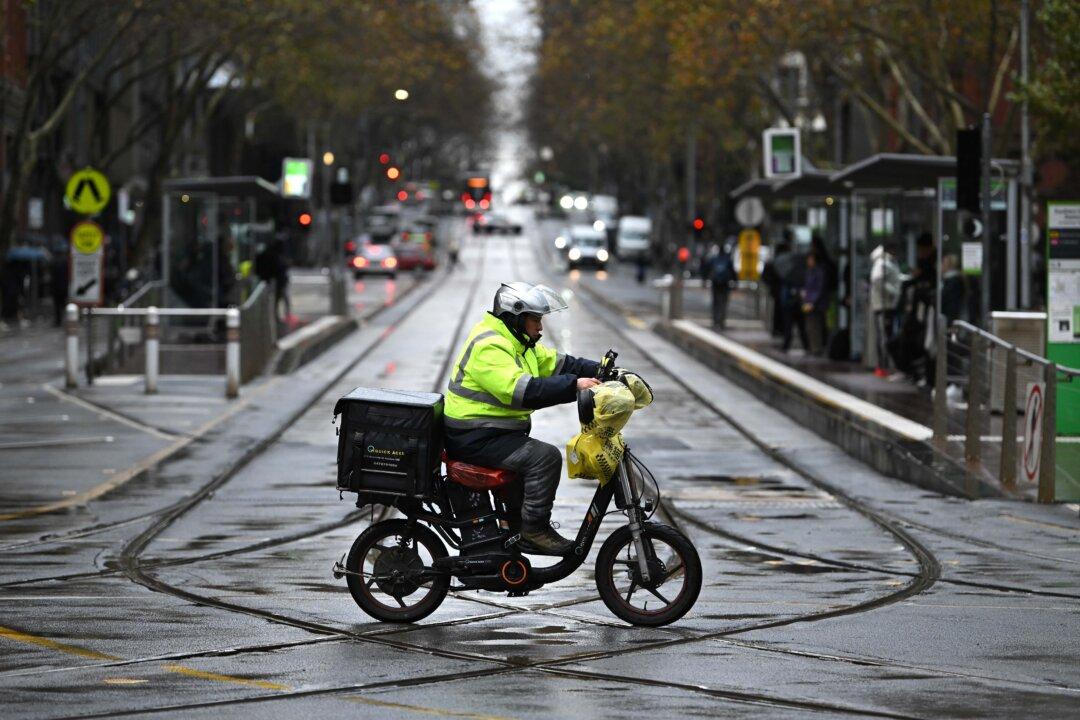Electric vehicle (EV) sales in Australia rose to take up 9.6 percent of the new car market in February, however, utility vehicles still remain the most popular, according to the Federal Chamber of Automotive Industries (FCAI).
FCAI chief executive Tony Weber said the popularity of utes would pose a challenge for the government’s planned fuel efficiency measures, that could limit the sale of certain vehicles deemed to have higher emissions.





